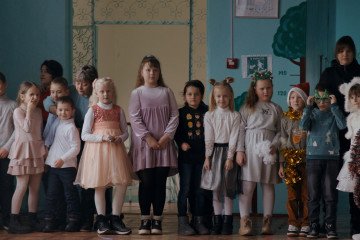- Category
- Culture
From Kharkiv to Kyiv, Ukrainian Theater is Experiencing a Wartime Revival
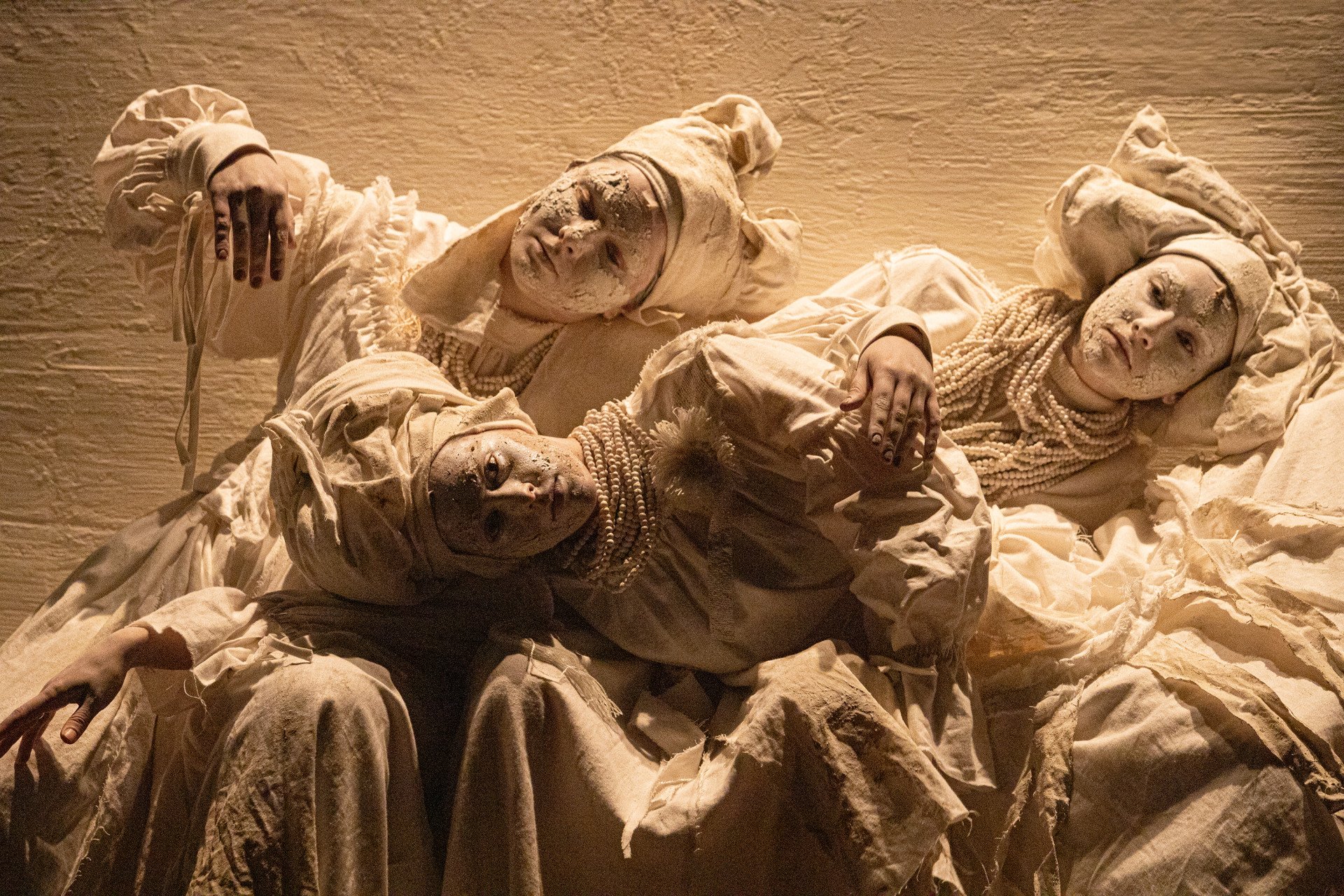
In Ukraine, where Russian shelling is a daily backdrop, theaters are unexpectedly packed—a resilient cultural revival is quietly unfolding.
The Ukrainian theater scene has always been a bastion of strength and artistic expression, deeply embedded in the nation’s cultural life, with a long-standing tradition of excellence and innovation. Even amid the devastation brought by Russia’s full-scale invasion of Ukraine, the theater community has displayed remarkable resilience. Many theaters transformed into volunteer centers at the war’s onset, and those in relatively safer cities resumed their activities with renewed vigor. Today, theaters are more popular among Ukrainians than before the war, drawing large audiences and playing a crucial role in the nation’s cultural and psychological resilience.
It may seem unlikely that people in frontline cities would prioritize attending the theater, yet this assumption underestimates the indomitable spirit of Ukrainians. On the eve of the massive Russian offensive in the Kharkiv region on May 10, 2024, the Some People cultural center in Kharkiv—a city that has borne the brunt of the war—hosted a performance by Les Kurbas Theater Award winner Artem Vusyk. His musical surrealistic tragicomedy monologue, “Rainbow on Saltivka,” reflects on the life of an artist and wartime experiences in Saltivka, Ukraine’s largest residential area, which has suffered severe destruction. Today, the sound of artillery can be heard from the outskirts of Saltivka, underscoring the war’s proximity.
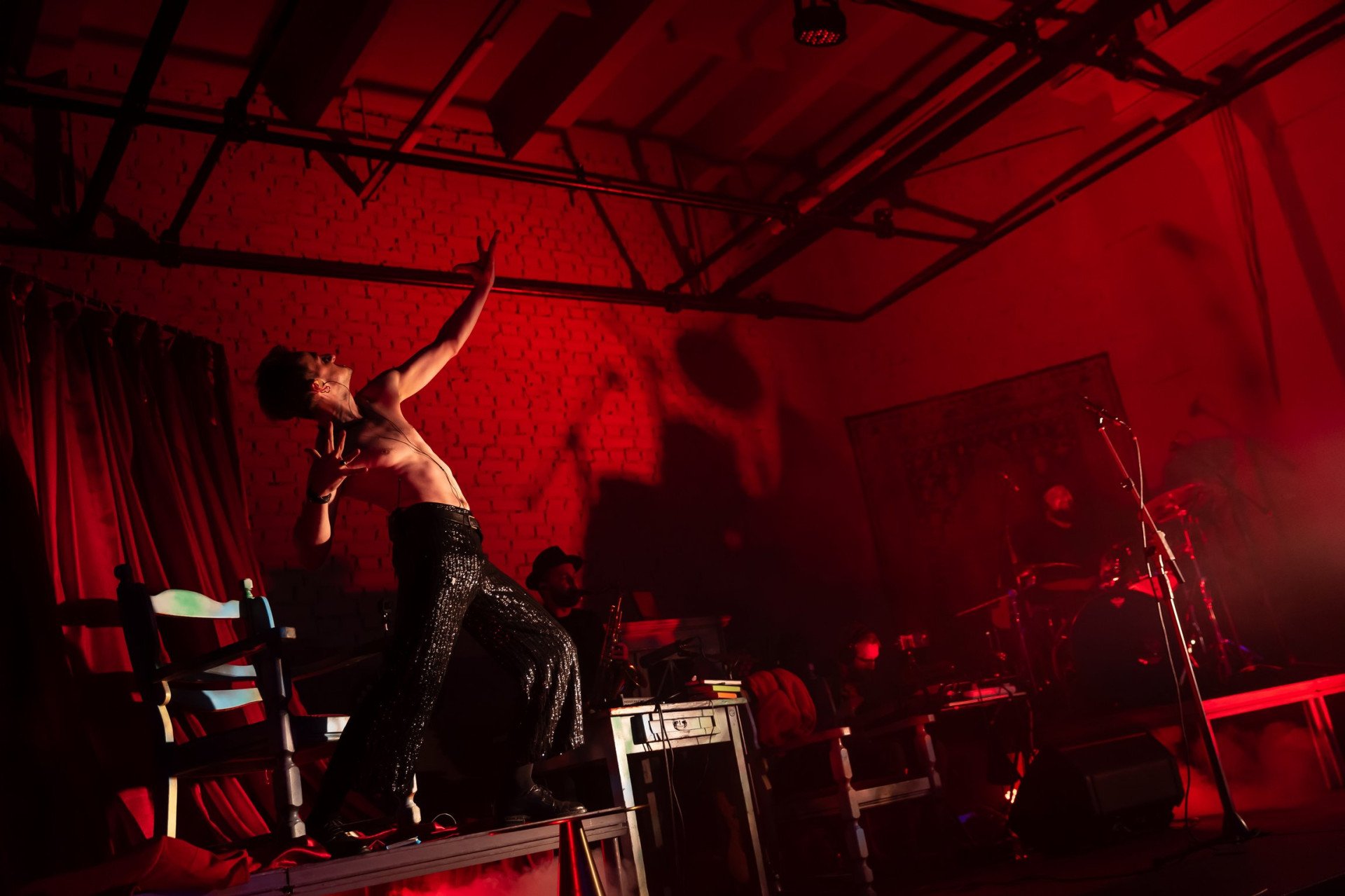
On May 10, 2024, Russia launched its second large-scale offensive on the Kharkiv region since 2022. The Ukrainian army managed to stabilize the situation and hold back the Russian forces, though the tension remains high. Alongside the offensive, Russia increased the number of missile strikes on the city, with some days seeing air raid alerts lasting up to 16 hours. Yet, on May 13, the Some People center hosted another performance—Nina Khizhna’s “Someone Like Me.” This monologue explores the journey of a bodiless entity through various human bodies, delving into the experiences of those who face fear daily and find ways to resist it. The performance is based on a series of interviews with Ukrainians of various professions, genders, and ages, from as young as six to as old as ninety.
Both performances were part of a long-term collaboration between the Some People cultural center and the Nafta theater—an alternative independent theater founded in Kharkiv in 2018. Nafta positions itself as an open theatrical platform, free from classical canons. Both performances sold out, attracting about 120 people each. “We decided to proceed with the May 13 performance unless the security situation became critical. One of our missions in Kharkiv now is to support people and the community in these difficult times. Canceling the performance would have been an additional demoralizing factor,” explained theater director Tetiana Holubova.
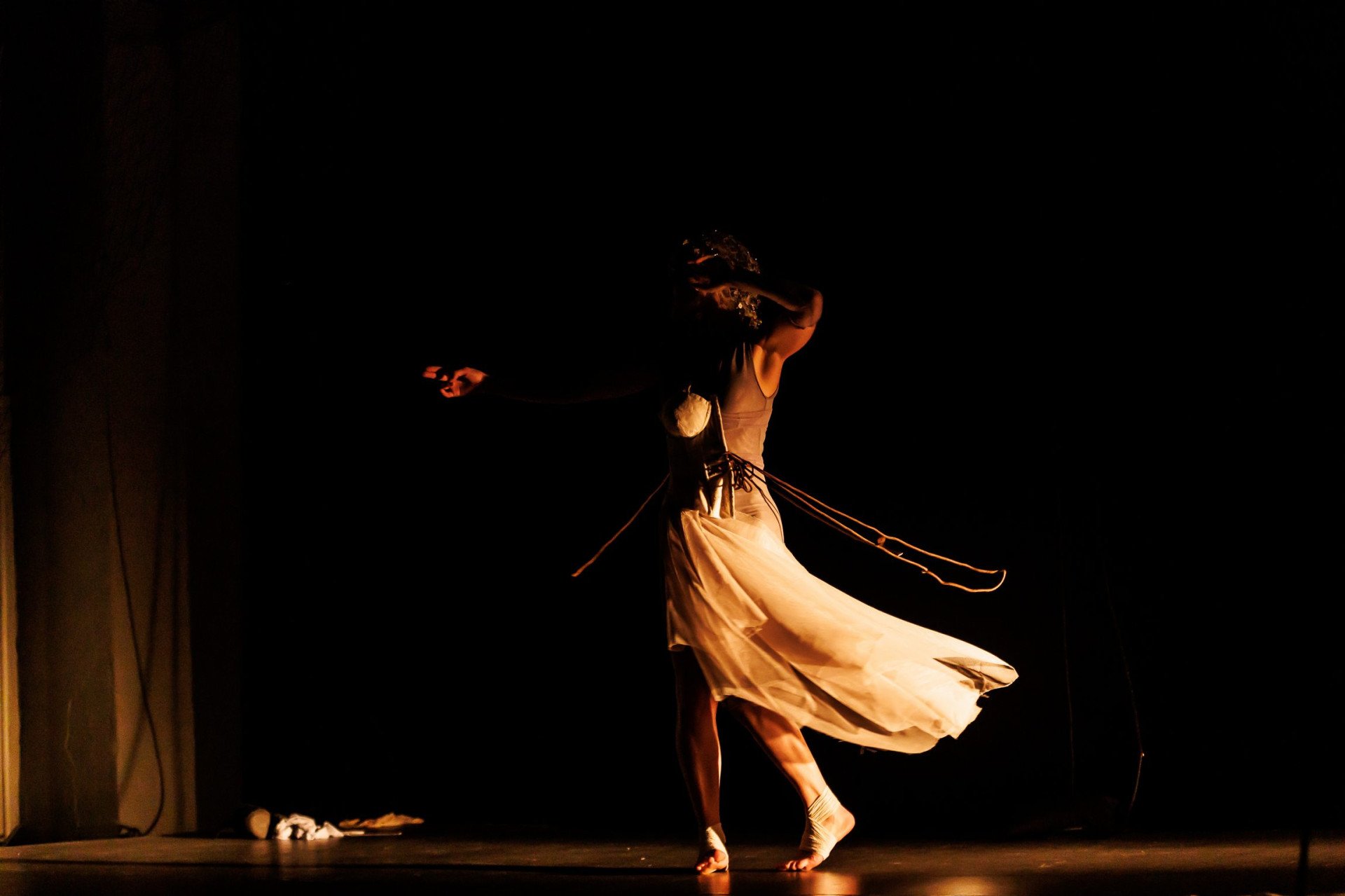
Kharkiv, the second-largest city in Ukraine after Kyiv, is a major scientific, cultural, industrial, and transportation hub. Before the war, it had a population of 1.42 million and hosted numerous research institutes, universities, museums, galleries, and theaters—about 40 in total, both state and private. Today, according to Holubova, only three theaters are operational: Nafta, the Kharkiv Academic Ukrainian Drama Theater named after Taras Shevchenko in collaboration with the P.S. Theater, and the Kharkiv Academic Drama Theater. This is largely due to the ban on mass gatherings because of the missile threat, the exodus of people from Kharkiv, and funding issues.
Despite these challenges, the remaining residents of Kharkiv continue to visit theaters. “These are people who live here and want to feel their lives are full. They want to feel that there is more to life than just war. And theater is one of the components of such a seemingly 'normal life.' While I can’t say that life in Kharkiv is normal now, the theater is still here,” Holubova explained.
In other large Ukrainian cities, the situation is more favorable, and theater life not only thrives but exceeds pre-war levels. The team at YouControl.Market, an online business analytics system, analyzed the financial performance of Ukrainian theaters using open-source data and found that almost all national theaters earned more in 2023 than in 2021.
Despite the full-scale war, Ukrainian theater lives on, works, prepares premieres, and enjoys immense audience demand. Some performances are so popular that tickets are impossible to obtain even six months in advance, or they are sold at inflated prices on the black market. Theaters, particularly the Ivan Franko Theater, are taking active measures to address this issue.
The National Academic Drama Theater named after Ivan Franko is a highly popular theater among audiences, drawing the largest crowds. One reason is director Ivan Uryvskyi, who, at 33, is one of the youngest chief directors. He previously led the Odesa Theater named after Vasyl Vasylko and now works as the leading director at the National Drama Theater named after Ivan Franko. Uryvskyi is also a laureate of the Les Kurbas State Theater Award, an honored artist of Ukraine, and recently received the highest creative award in Ukraine for significant contributions to culture and art—the Taras Shevchenko National Prize.
Uryvskyi is a true rock star in the theater world, with his performances going viral on TikTok. The platform’s influence has significantly contributed to the enormous popularity of his performances. Uryvskyi reinterprets classic works in a modern style, primarily focusing on Ukrainian classics. The heightened interest in classics today is a response from Ukrainians to the large-scale invasion and a desire to preserve their national identity.
Oleksandr, a dedicated theater-goer and bartender from popular Kyiv bars, shared his experience of standing in line for six hours to buy a ticket to Uryvskyi’s most popular performance, “The Witch of Konotop”: “It’s impossible to buy tickets for popular performances online due to high demand. The Franko Theater added an additional performance of ‘The Witch of Konotop’ with tickets sold only offline. Sales started at 11 a.m., and I decided to come early. By 9 a.m., I was already the 60th person in line. The demand for theaters is high now, but Uryvskyi is a phenomenon.”
He understands why people are so eager to attend these performances. “It’s natural for people to seek enjoyment of their culture during difficult times, especially when the very existence and preservation of Ukrainian cultural identity are at stake. The revival of previously unpopular performances and forgotten stories, which no one had heard of or shown interest in before, exemplifies this desire. Moreover, going to the theater is an event in itself — it offers an opportunity to dress up, socialize, and visit the buffet during intermission, creating a memorable experience that leaves lasting emotions,” said Oleksandr.
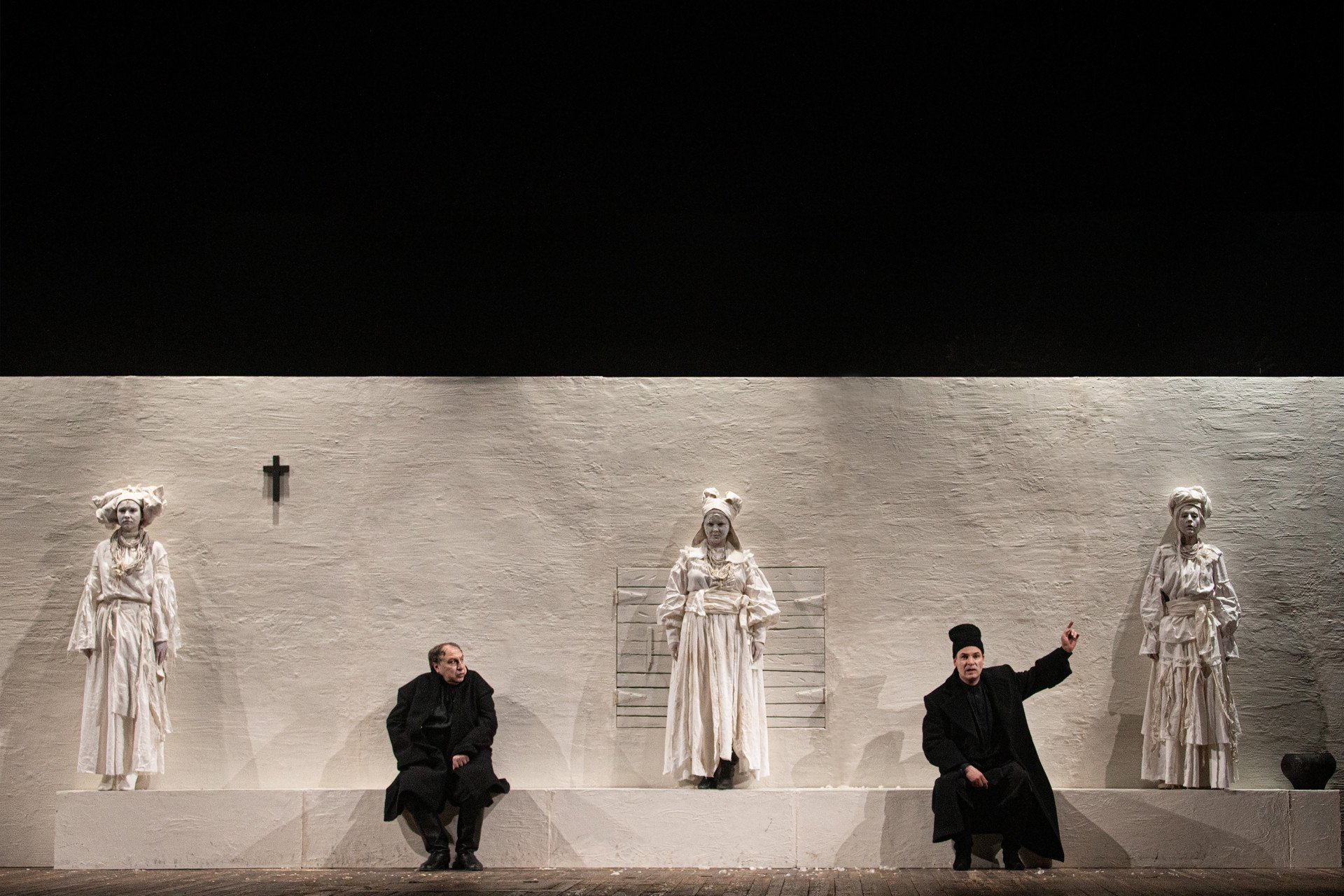
Although Uryvskyi stages classics, he believes it is crucial to address the war in theater. However, he notes that this is difficult and requires caution to avoid falsehoods. In an interview with Yevhen Pronin, Uryvskyi mentioned that it’s essential to learn how to convey this theme correctly. While he wants to try, he hasn’t yet found the key to it. Uryvskyi emphasizes the importance of discussing the war but highlights the need for sensitivity and caution.
Tetiana Holubova from the Nafta theater echoes this sentiment: “The theme of war is sensitive and traumatic. Our artistic circles lack experience working with such themes.” Nonetheless, theater artists reflect on the war in their performances. “We are learning. Every time we create a production, we analyze how appropriate it is to voice something, especially if it’s documentary material. Will it be traumatic? Will it cause retraumatization? We constantly think about ethical issues and the responsibility of art,” Holubova continues.
Another theater addressing war themes is NASHi.etc, which positions itself as an experimental theater club. Its founder, Romana Isabella Soutus, an American of Ukrainian descent, dared to start the project during the full-scale war, supported by Sofia Yushchenko, who became the theater’s executive director. In this project, Soutus often references the legendary New York theater La MaMa, where Robert De Niro, Danny DeVito, and Al Pacino once worked. Romana also worked there as an assistant to Virlana Tkacz, a director of Ukrainian descent, gradually becoming a director’s assistant, then an actress and director at La MaMa. In 2016, Romana wrote the play “Hyena” and performed in the eponymous monologue, which received several theater awards.
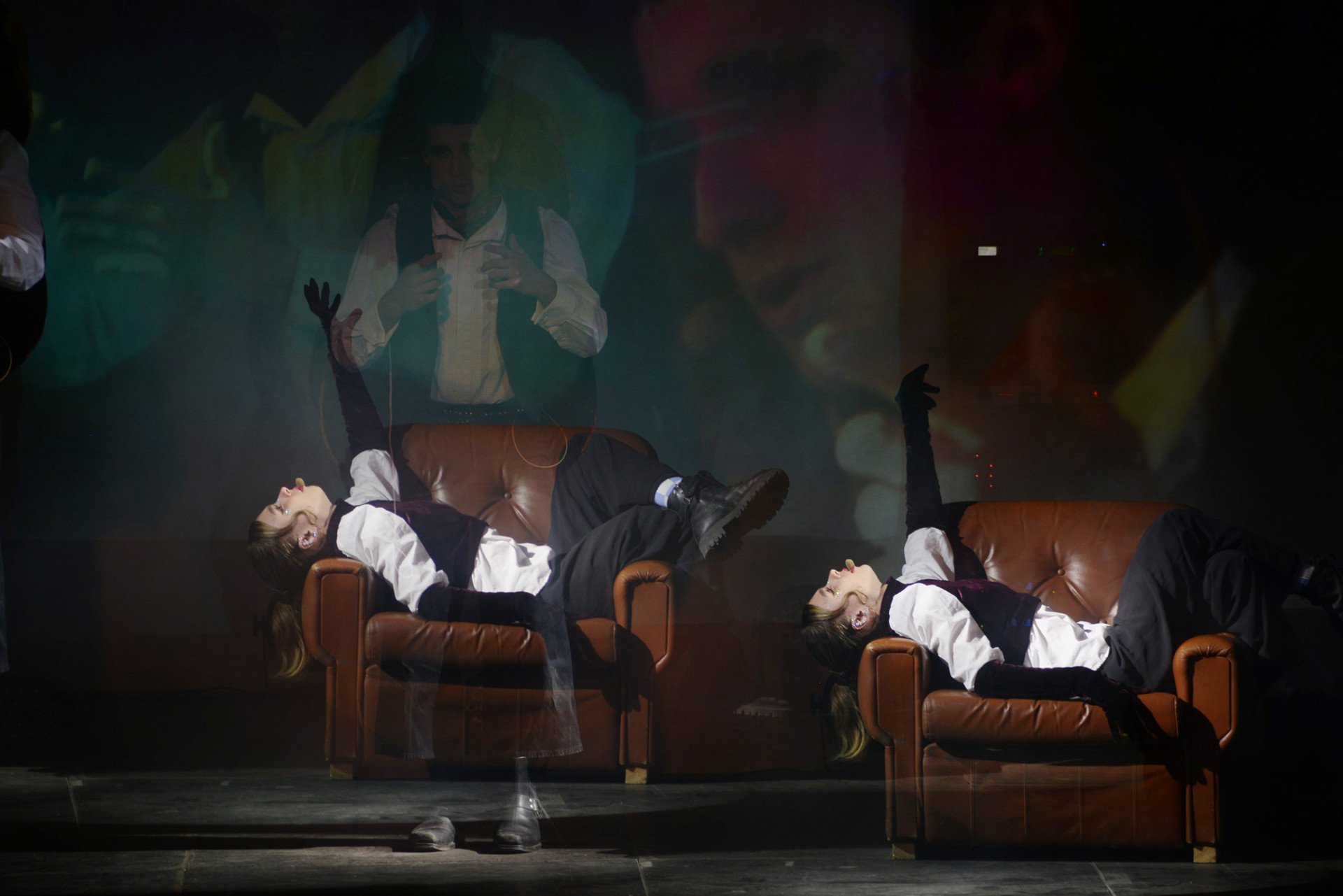
NASHi.etc will become a partner of the La MaMa theater, and its artistic director Mia Yoo has already joined the advisory group that will participate in future training workshops and other events of Ukrainian experimental theater. Romana aims to build international bridges between Ukrainian theater artists and global platforms.
“We have a unique chance to tell our stories on the world stage, which is crucial for us as Ukrainians,” says Romana.
Today, it is indeed crucial for us to tell our stories. Ukraine has suffered a brutal attack by the Russian Federation, aimed at destroying the Ukrainian nation, culture, and identity, and Ukrainian theater has also suffered significant losses. According to the Ministry of Culture and Information Policy of Ukraine, the Russian invasion has led to the destruction of dozens of Ukrainian theaters, with many others damaged. Among the most famous partially or completely destroyed theaters are the Kharkiv National Academic Opera and Ballet Theater named after M. V. Lysenko, the Donetsk Academic Regional Drama Theater in Mariupol, and the theater in Severodonetsk. On August 19, 2023, a rocket attack destroyed the Chernihiv Drama Theater. The war has also taken a heavy toll on the acting community. Many actors have joined the ranks of the Armed Forces of Ukraine since the start of the full-scale war.
In this context, the function of the theater becomes especially important. The theater serves not only as a means of cultural expression but also as a tool for preserving national identity and historical memory. It provides a platform for expressing the pain, suffering, and hopes of the people, uniting them in difficult times.
Romana says: “We’re looking to be together. We’re looking to process these things together. And I think we’re also looking to have these conversations and have these insights because Ukrainians inherently are a people who care about knowing what they need to know. They want to know what is going on in our country. We’re an active citizenry.”
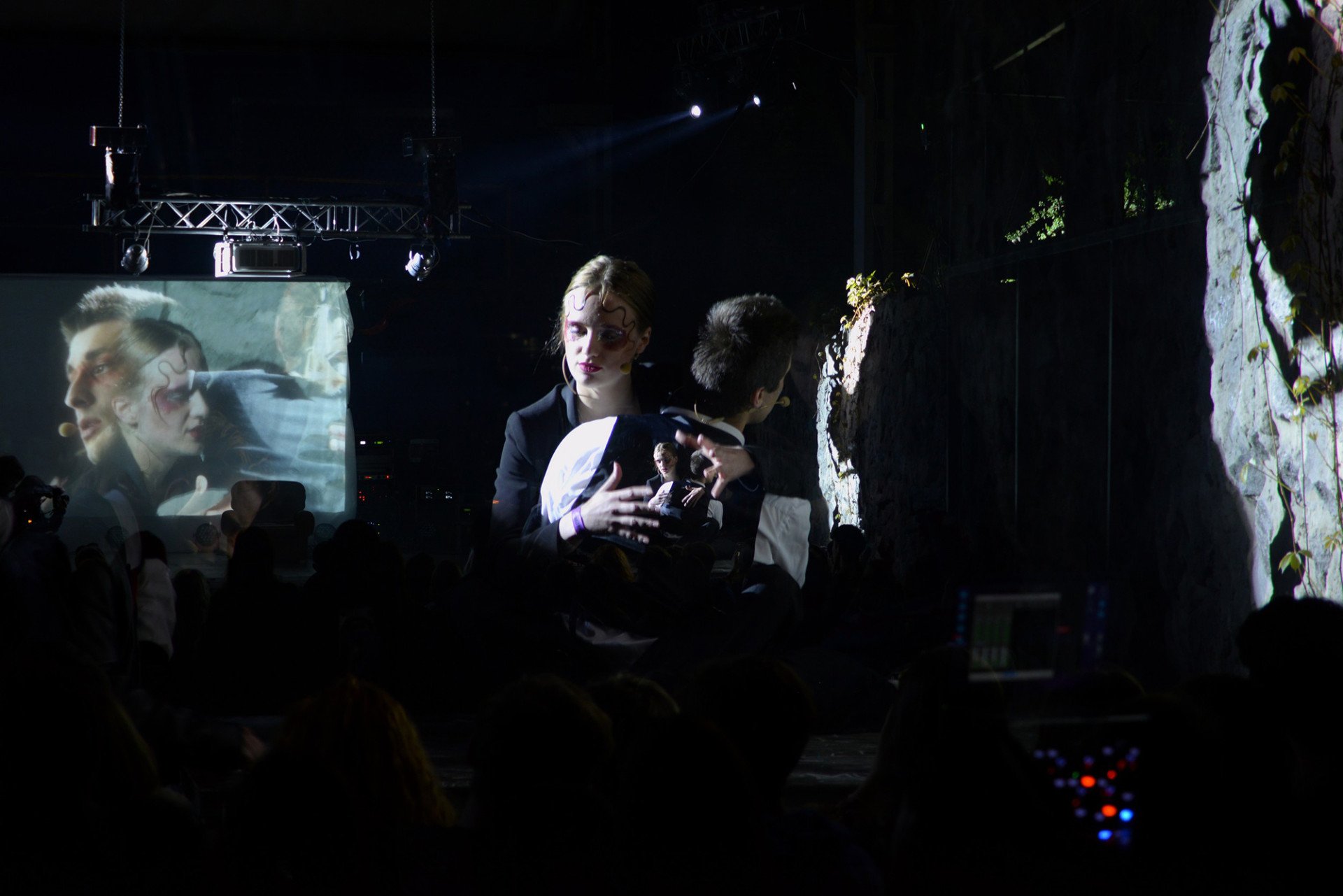
“I like to use a quote from Augusto Boal,” Romana adds, “who created a theater practice called Theater of the Oppressed. The philosophy behind the theater is that the only way for society to move forward is for it to be educated. And the only way for society to be educated is if they know what they need to know to be in democratic power. He made this really beautiful point where he said, 'theater is the rehearsal for revolution.'”
Tetiana Holubova from the Nafta theater also outlines the theater’s function now as not only supportive but also as defining cultural boundaries and spaces. “It is very important for us that Kharkiv remains Ukrainian. And Ukrainian-ness, as Tetiana reflects, is primarily in culture, values, and what is important to most people living here. We believe that the theater can support this Ukrainian identity and make it even more visible and stronger. Stage expressions are certain manifestos of what is important to us, and therefore, we believe that as long as Ukrainian cultural and artistic projects operate in Kharkiv, as long as businesses that convey Ukrainian values operate, we will understand that this is our space and that we have something to fight for.”
From Kharkiv to Kyiv, and beyond, theater continues to serve as a beacon of hope, a platform for national identity, and a vital space for communal healing and expression. As Ukrainians navigate the harsh realities of war, their unwavering support for the arts underscores a profound truth: culture endures, even in the face of adversity. The stories told on stage today are not just performances but powerful declarations of resilience, unity, and the enduring human spirit.
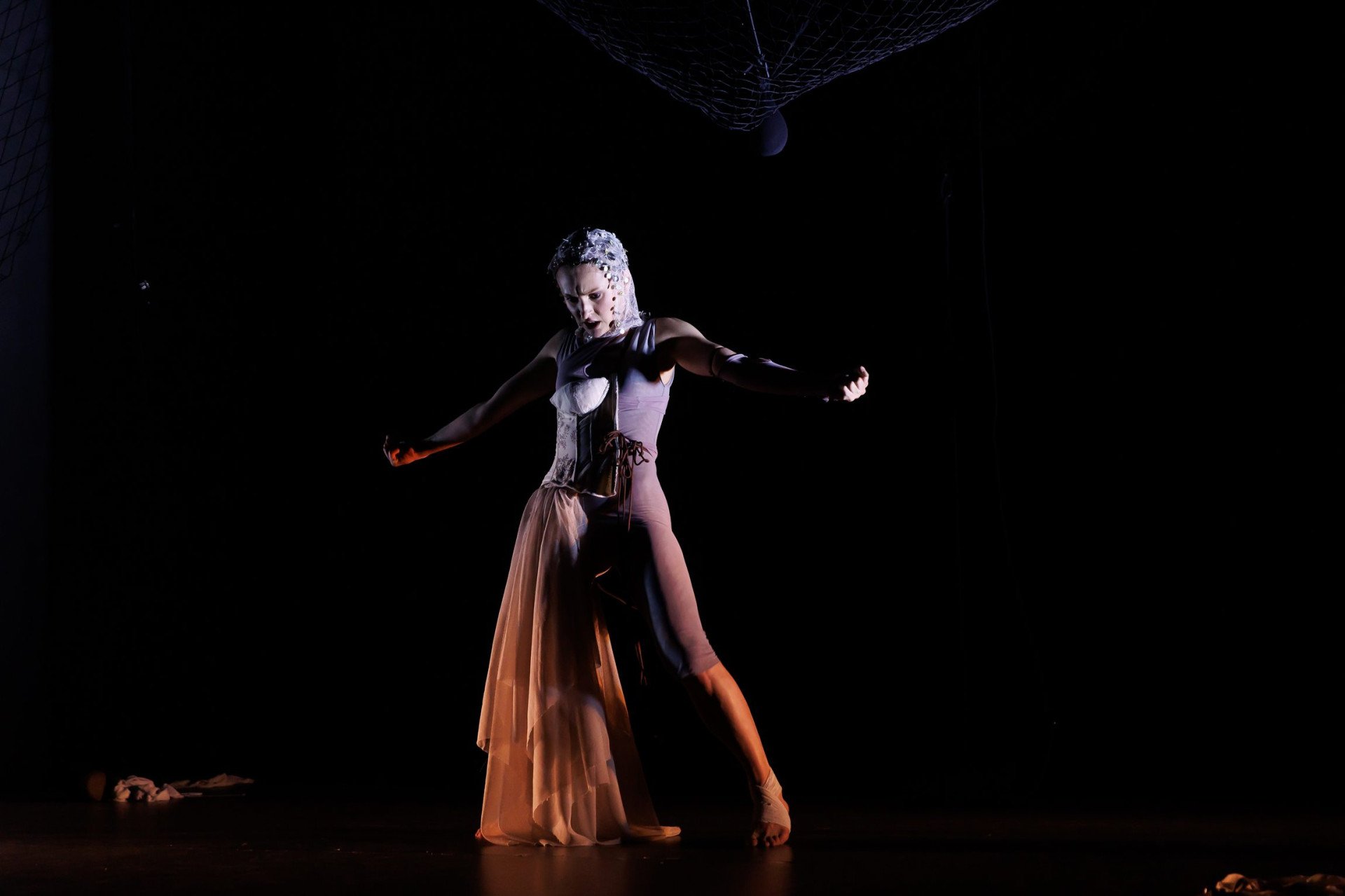
-f95d7ab7881f2675eaaee0bfb3dc1763.jpeg)
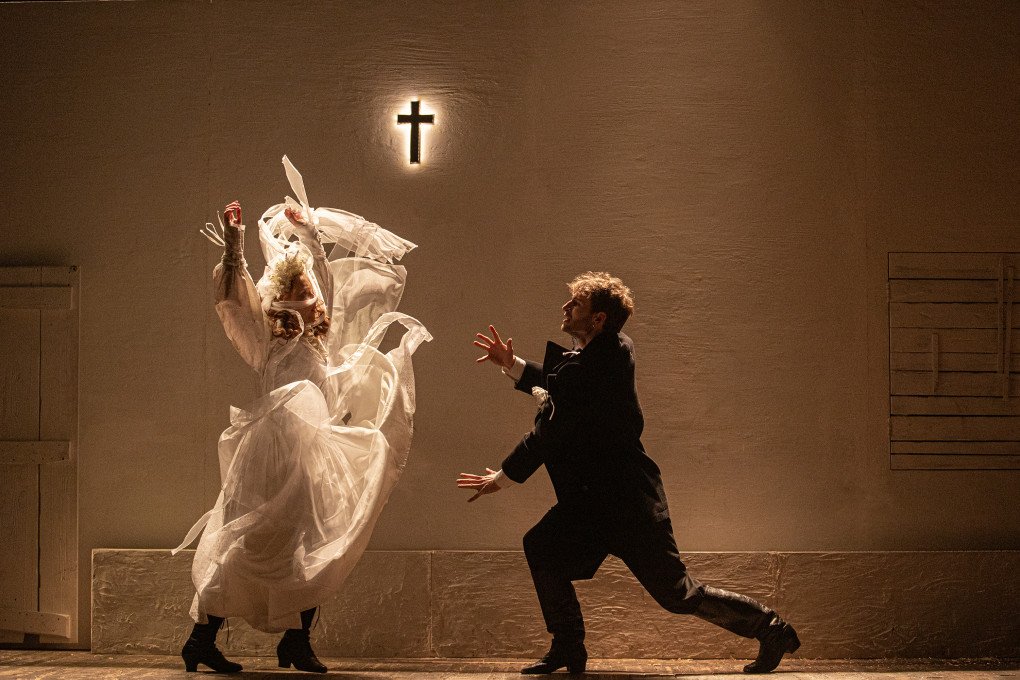
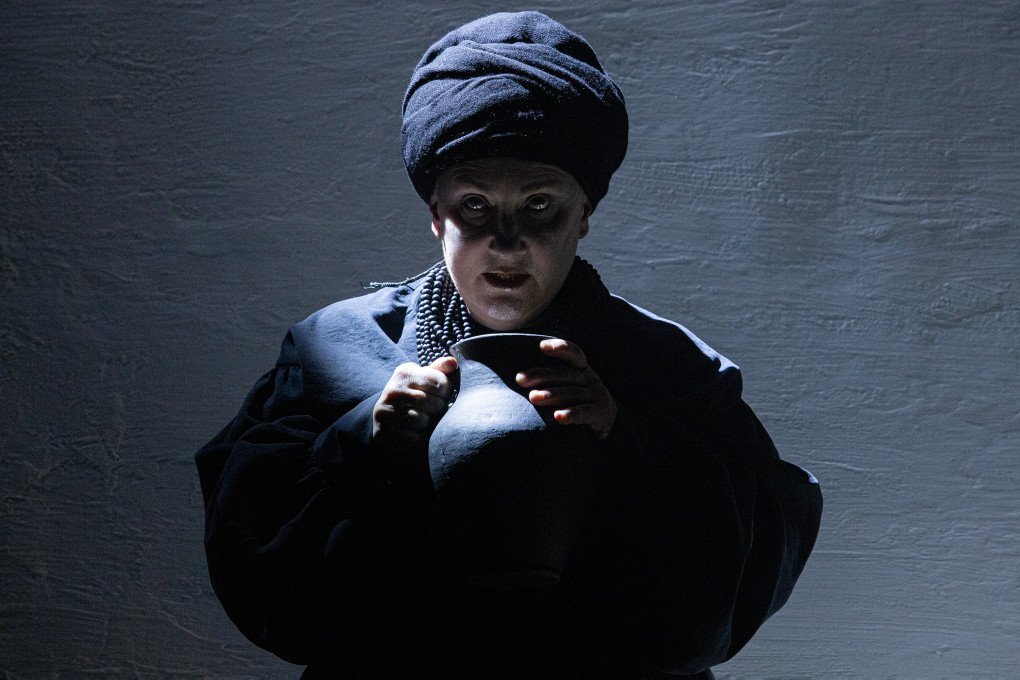

-554f0711f15a880af68b2550a739eee4.jpg)
-3f32748f66f2315d221d5623d88a1687.jpg)


